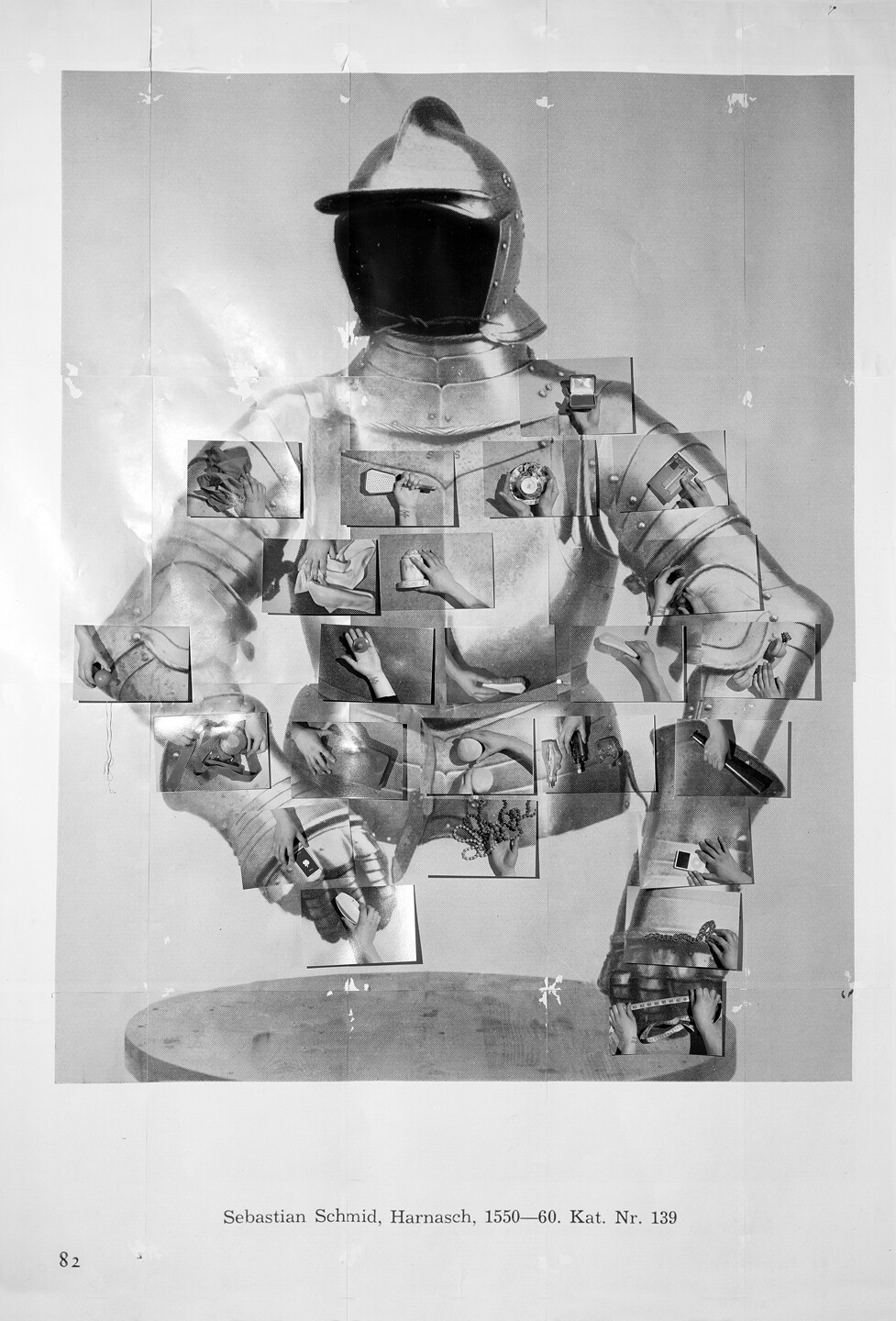Film and photography selected by Objektiv
June 3–September 10, 2017
The exhibition Subjektiv is curated by the editorial board of the art journal Objektiv; Lucas Blalock, Ida Kierulf, Brian Sholis, Nina Strand and Susanne Ø. Sæther. Its fulcrum is the potential relations between art, politics and subjectivity in a time when the very basis of democratic subjecthood is called into question. It brings together artworks that speak to the current political situation through their strategic staging of subjectivity and its political potential or impotence. In this context, the usual title of the journal simply wouldn’t do, hence the temporary rebranding as Subjektiv.
While there is a sense that the shared public space of politics is being overwhelmed by affective content, we are simultaneously witnessing a reinvigoration of the power of the collective and the resolve of community. The exhibition and accompanying two journal issues explore questions of what subjektiv might mean in this context. How do we apportion our attention when our media feeds include traditional journalism, internet gossip, propaganda, and the opinions of friends and family? What’s at stake when subjective criteria and utterances have entered the political environment at a completely new scale?
These questions connect in fundamental ways with our understanding of the camera as a subjective narrator and a technology of perception both in the history of photography and in today’s realm of the scroll. The artworks, in different manners, investigate how subjectivity is constructed and distributed, sometimes in ways radically new. While some of the works questions how personhood is defined, negotiated, and legislated through photographic representation, others reflect on the discrepancy between physically grounded and immaterial ways of existing as humans, and on how deeply embedded we are in other life networks and ecologies. The self is no longer necessarily understood as singular; we acknowledge the extension and molding of subjectivity via screens and technologies and via a myriad of practices; consuming, branding, naming, performing, liking, hosting, acting, and mimicking.
The idea of the poly-body is something Sandra Mujinga (Norway) reflects upon in her investigation of the digital self and what happens to subjectivity within this structure. Sara Cwynar (Canada) explores the micro-molding of subjectivity through circulation and value of objects and images, often addressing feminist issues and what she calls a soft misogyny. Deana Lawson (US) seeks to explore a multifaceted representation of black iconography, describing her work as negotiating knowledge of selfhood through a corporeal dimension. The collage project ALBUM by Eline Mugaas and Elise Storsveen (Norway) offers a highly subjective take on political photographic history, exploring representations of gender, sex and the concept of care. Liz Magic Laser (US) uses the format of the TED Talk in her film installation, where she has instructed a 10-year-old actor to deliver a monologue adapted from Fyodor Dostoyevsky’s Notes from the Underground. In this way, she parallels the authors attack on the socialist ideal of enlightened self-interest to contemporary capitalist thinking. Another film installation by Basma Alsharif (US) addresses both the stateless self and mass-mediated representations of trauma in her work played out at the Gaza Strip. Zoe Leonard (US) also addresses displacement and statelessness as both an individual experience and a shared social condition. Josephine Pryde (UK) speaks of another form of displacement in her series “It’s not my body,” superimposing low-resolution MRI scans of a human embryo in the womb against desert landscapes. Thus, she engages questions about the reproduction of images—as well as humans—and its impact on political debates surrounding subjecthood and a woman’s right to choose.
Zoe Leonard’s iconic text I Want a President will function as a point of departure for the exhibition. The text, together with the different artworks in the exhibition, calls for a different kind of multifaceted political subject at a charged historical moment. The exhibition is a collaboration with Kunstnernes Hus in Oslo, where it will be presented this autumn.


